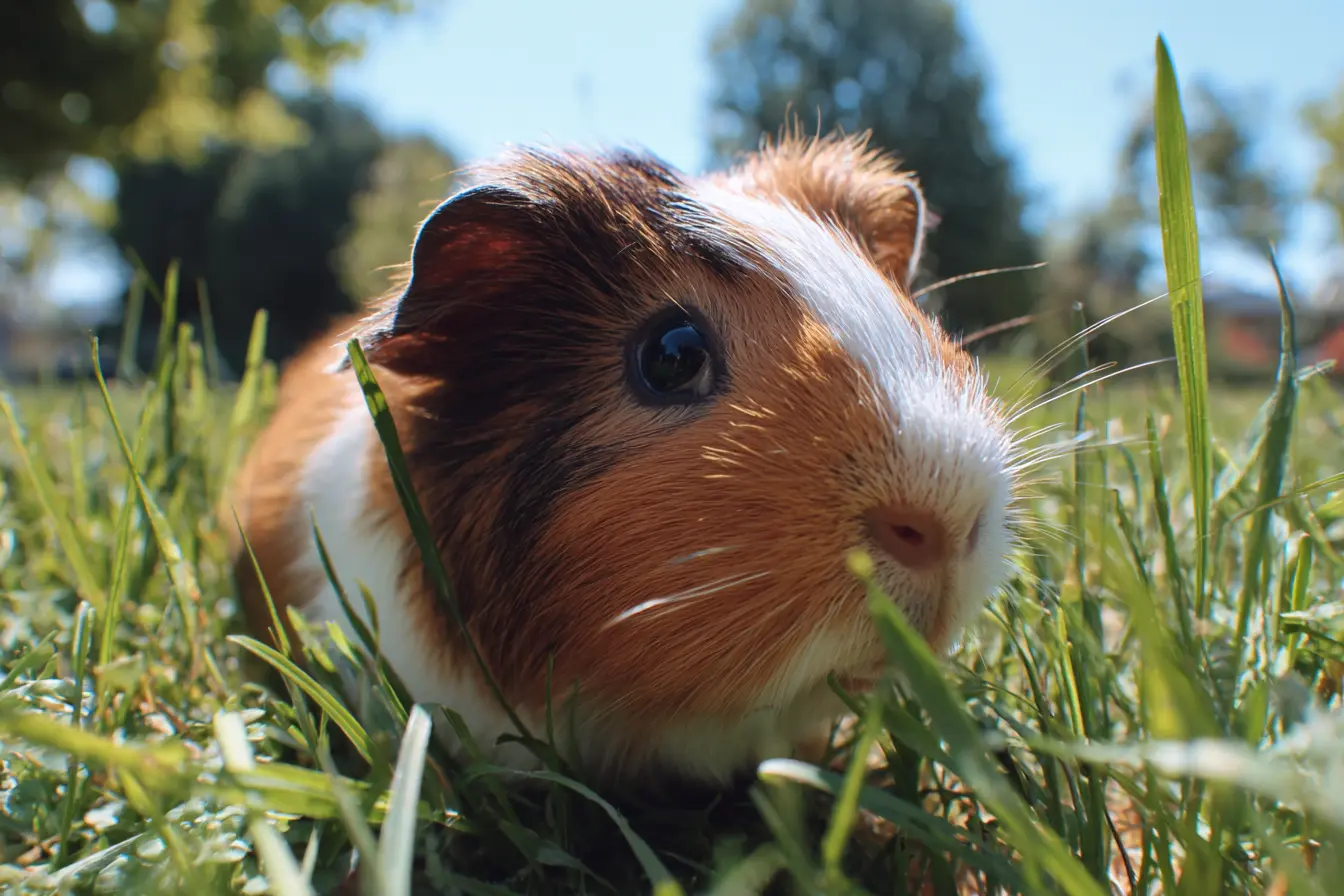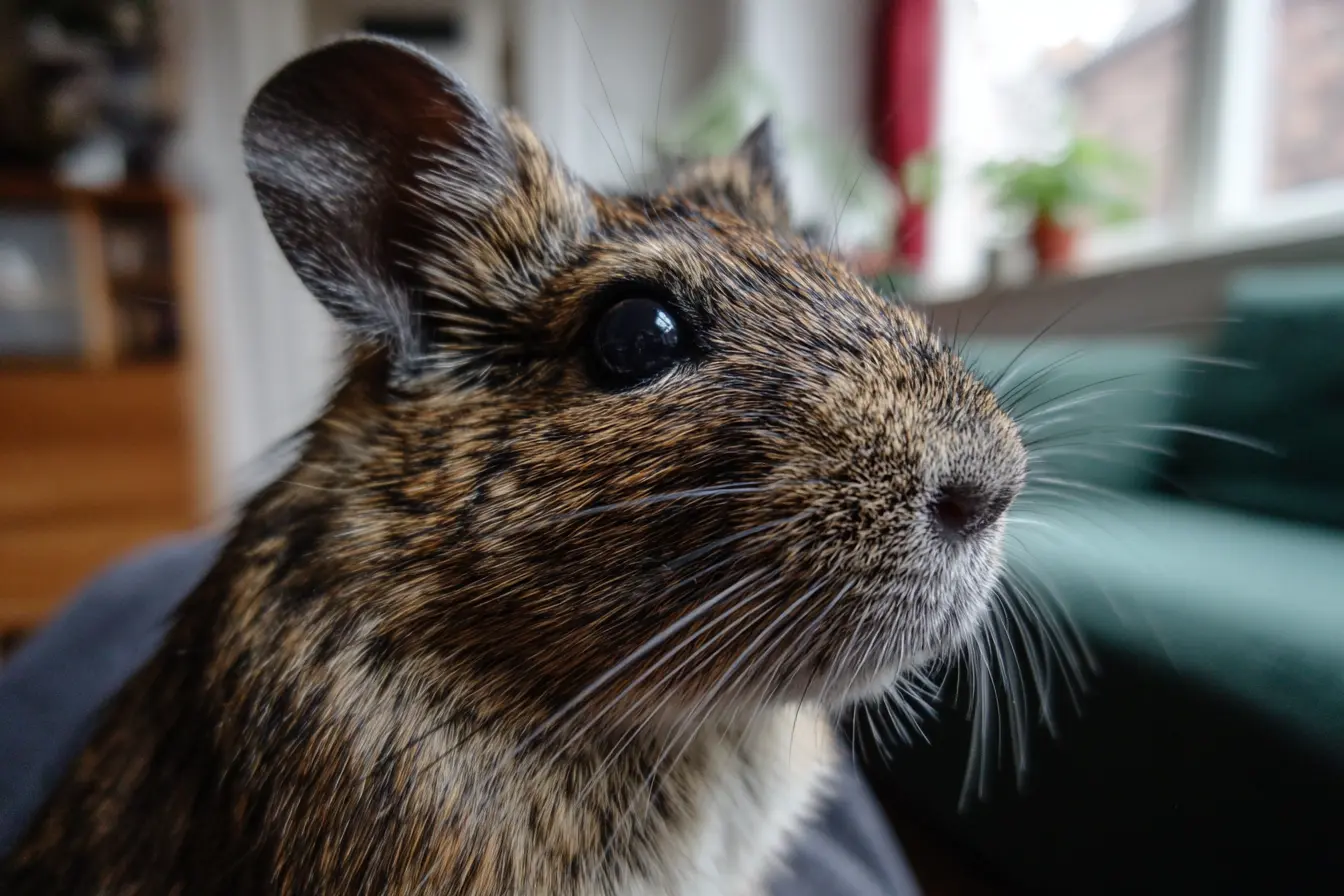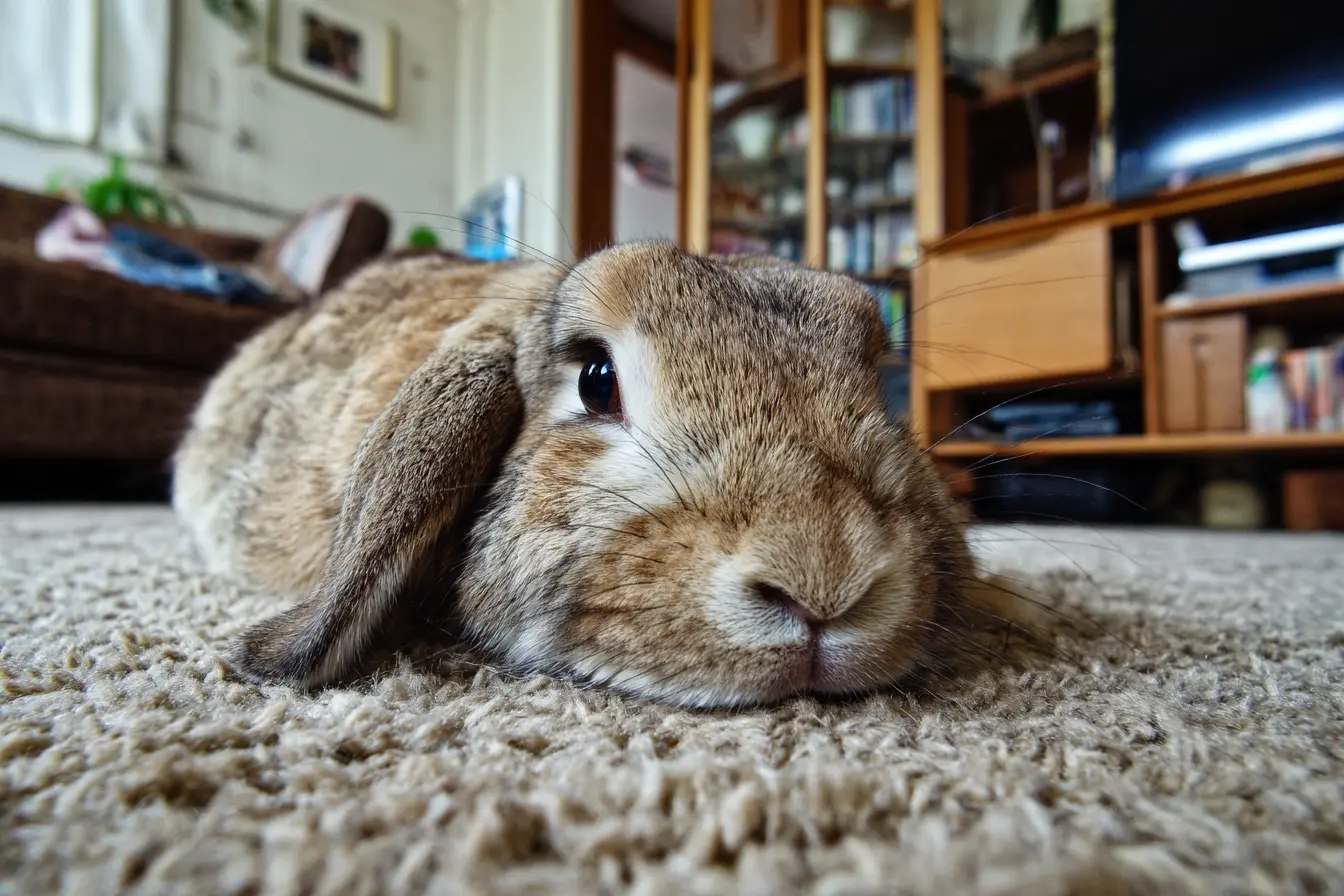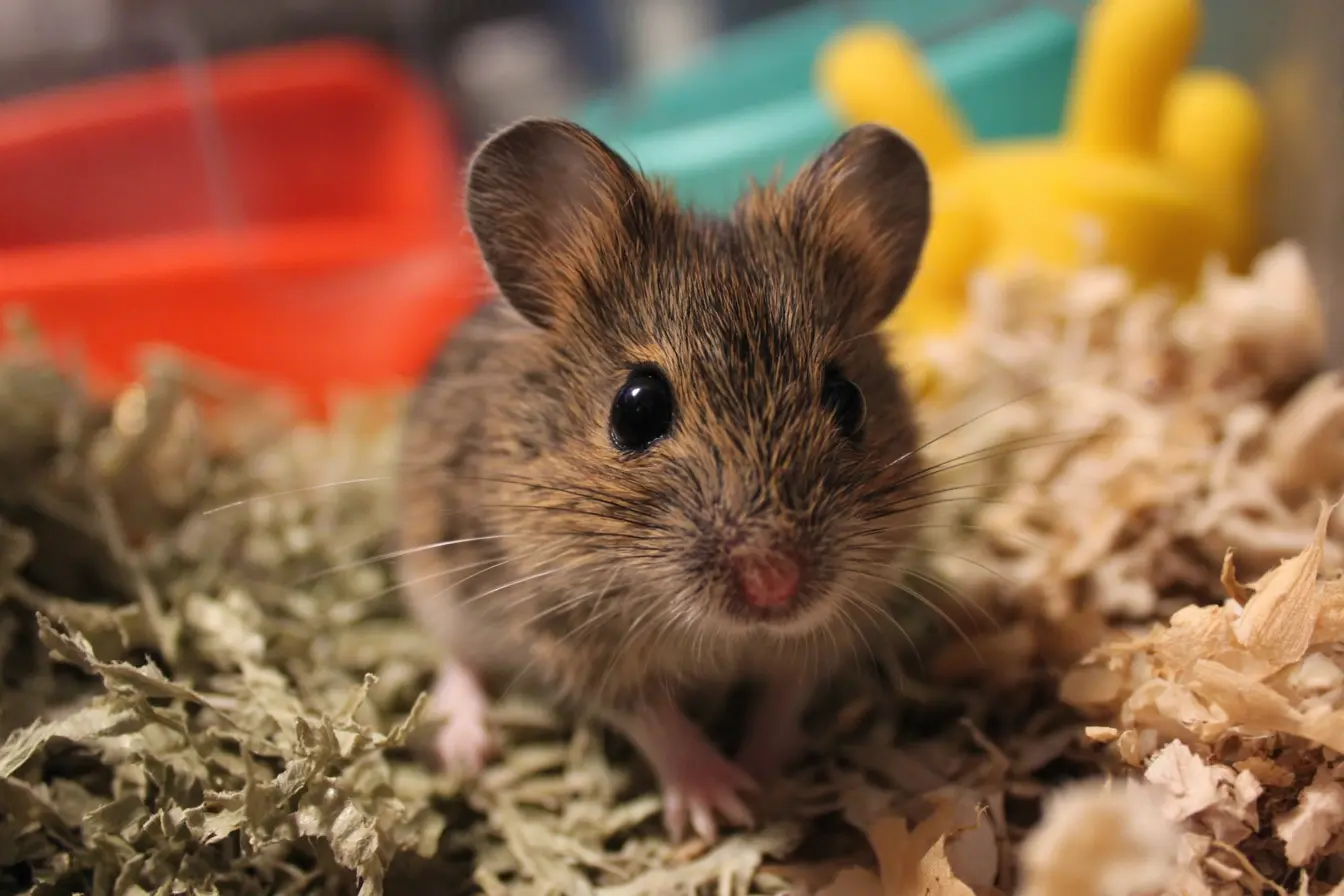
Guinea Pigs and Sunburn: Everything Owners Need to Know
Guinea pigs are small, charming companions that bring joy to countless homes. However, many owners are unaware that guinea pigs, like many other animals, can suffer from sunburn. These gentle creatures are particularly sensitive to temperature extremes and UV radiation. Without proper protection, they are at risk of serious skin damage, discomfort, and health complications. This guide explains everything guinea pig owners need to know about sunburn — from prevention to treatment.
Can Guinea Pigs Get Sunburned?
Yes, guinea pigs can get sunburned. Their skin, particularly in lighter-coloured breeds or hairless varieties, is highly vulnerable to the harmful effects of ultraviolet (UV) rays. Prolonged exposure to direct sunlight can lead to sunburn, heatstroke, and in severe cases, long-term skin issues.
Which Guinea Pigs Are Most at Risk?
Certain guinea pigs are more susceptible to sunburn than others, including:
- Hairless breeds: Such as Skinny pigs and Baldwin guinea pigs, who have little to no fur to protect their skin.
- Light-coloured guinea pigs: Breeds with white, cream, or pale fur often have pink, less-pigmented skin underneath.
- Young or elderly guinea pigs: Their skin is often thinner and more delicate.
- Guinea pigs with patchy fur: Due to medical conditions, parasites, or age-related hair thinning.
Even short-haired guinea pigs can suffer sunburn if left in strong, direct sunlight for too long.
Common Areas Affected by Sunburn
The most commonly sunburned areas on guinea pigs include:
- Ears
- Nose and muzzle
- Around the eyes
- Back and sides
- Any area with thin or absent fur
Because guinea pigs often lie stretched out when relaxing, their backs and sides are particularly at risk if they are exposed to intense sun.
Signs of Sunburn in Guinea Pigs
Recognising sunburn early is vital. Symptoms to watch for include:
- Red, inflamed skin
- Dry, cracked, or flaky patches
- Blistering (in severe cases)
- Tenderness or pain when touched
- Reluctance to move or be handled
- Signs of distress, such as squeaking or rapid breathing
- Loss of appetite or lethargy
Severe sunburn can quickly progress to systemic illness or heatstroke, both of which are veterinary emergencies.
How to Protect Guinea Pigs from Sunburn
Provide Constant Shade
Shade is critical for guinea pigs:
- Place hutches, runs, or outdoor enclosures in a shaded location.
- Use shade cloths, umbrellas, or purpose-built hutch covers.
- Remember that shade moves throughout the day, so adjust coverings if necessary.
Indoor guinea pigs should also be protected from direct sunlight through windows.
Avoid Peak Sun Hours
Limit outdoor time between 10am and 4pm when the sun's rays are strongest:
- Early morning or late evening playtime is safest.
- Always supervise outdoor time to ensure guinea pigs do not remain in sunny spots.
Create Sun-Safe Enclosures
Ensure that outdoor runs and hutches have:
- Roofed areas or shaded sections at all times.
- Proper ventilation to prevent overheating.
- Water bottles or bowls filled with fresh, cool water.
Consider Sunscreen for Hairless Guinea Pigs
In some cases, very vulnerable guinea pigs (such as Skinny pigs) may benefit from a light application of animal-safe sunscreen:
- Always consult a vet before applying any product.
- Use only vet-recommended, non-toxic, fragrance-free formulations.
- Apply to the most exposed areas, such as the ears and back.
However, shade and limited sun exposure are far more effective and preferred.
Special Considerations for Hairless Guinea Pigs
Hairless guinea pigs are particularly high-risk:
- They require almost constant protection from UV rays.
- They are more susceptible to dehydration and overheating as well as sunburn.
- Even brief exposure to sunlight through a window can cause burns.
Hairless guinea pigs should ideally be kept indoors year-round in temperature-controlled, shaded environments.
Treating Sunburn in Guinea Pigs
If you suspect your guinea pig has sunburn:
- Move them immediately into a cool, shaded area.
- Cool the skin gently using a damp cloth — never apply ice directly.
- Offer fresh water to encourage hydration.
- Do not apply human creams, ointments, or aloe vera without veterinary approval.
- Seek veterinary advice promptly, particularly if there are blisters, signs of pain, lethargy, or refusal to eat.
Early treatment is essential to prevent further complications, including infection or heatstroke.
Long-Term Risks of Sun Exposure
Long-term or repeated sun exposure can result in:
- Permanent skin damage: Thickening, scarring, or pigmentation changes.
- Skin cancers: Particularly in light-skinned guinea pigs.
- Heatstroke: A life-threatening condition that often accompanies sunburn.
Prevention is always better than cure when it comes to guinea pigs and sun exposure.
Final Thoughts
Guinea pigs are delicate creatures who rely on their owners to protect them from environmental hazards, including the sun. By providing constant shade, avoiding midday sun, using appropriate enclosures, and monitoring for signs of distress, you can ensure your guinea pig enjoys a safe and happy life — indoors and out.
Contents
Tags
Vets near you
Speciality vets
- Aquatics vet specialists
- Birds vet specialists
- Camelids vet specialists
- Cats vet specialists
- Cattle vet specialists
- Deer vet specialists
- Dogs vet specialists
- Equines vet specialists
- Exotic vet specialists
- Goats vet specialists
- Pigs vet specialists
- Poultry vet specialists
- Sheep vet specialists
- Small Mammals vet specialists
- Wild vet specialists



